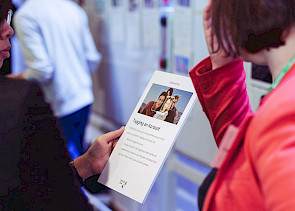At a time when the European GDPR and an increasing majority of regulations around the world are setting out rules for handling personal information, providers of digital services are facing new challenges to designing their products: respect and ethics, proactive information, informed consent, confidentiality by default, etc. These new areas of focus are adding to businesses’ existing concerns about the product lifecycle—from continuous improvement to performance.
What if designing around personal data wasn’t a restriction for businesses, but a lever for standing out from the crowd?
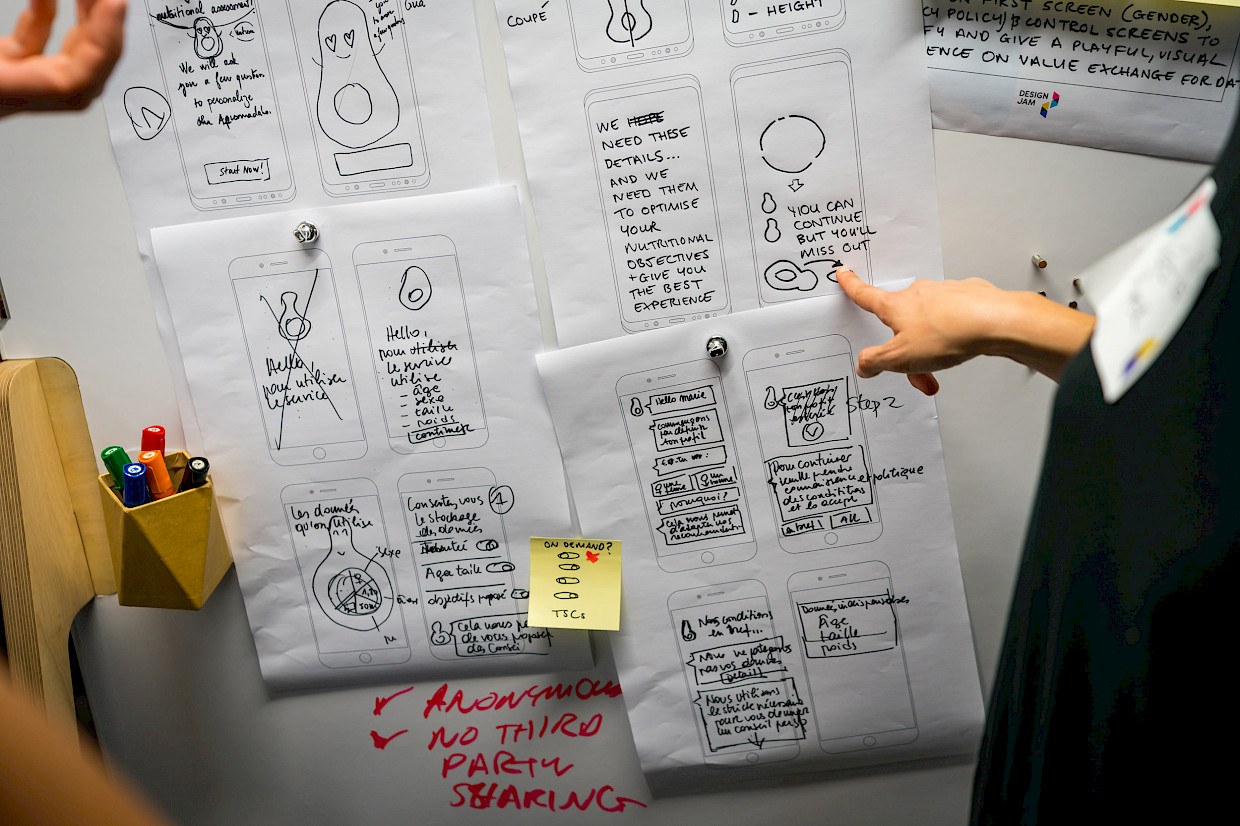
Streamlining the value proposition to improve engagement
Foodvisor, Axeptio, Goshaba, RandomCoffee, Chance, Entourage. These startups from the 2nd season of Facebook's Startup Garage (https://startupgarage.fb.com/fr/qui-nous-les-aidons/) accelerator followed the “Design for Data Innovation” program, supported by TTC Labs. Like many startups, these businesses all offer services to the general public that rely on people's personal information to function as intended. In addition to compliance, explaining how data-use works in a product, providing an appropriate amount of information and doing so in the right format became a key goal for the startups, as it would allow people to better engage with their products.

Building people's trust: a journey from first time to use over time
People experience significant cognitive load given the sheer number of services and choices available to them, often resulting in a very limited attention span. Being thoughtful about saving time and people's ability to pay attention when building product features is an opportunity to make a product stand out by offering a greater time-usefulness ratio.
Choosing the right timing for the right purpose becomes essential when evolving in the highly competitive digital services market, where people sometime struggle to find their way. We observe that although time spent on mobile has increased in recent years, that time is, on average, limited on fewer than 10 apps. This trend is reversed among young people, who usually download multiple mobile apps. As age increases, people tend to clear out useless apps more regularly. Making good use of people's time on apps can therefore become vital for a product: contributing to a healthy digital life for people while striving in the market.

Sources: → US Mobile App 2017 Report, Comscore → Global Digital Future in Focus 2018, Comscore → Baromètre usages mobiles 2018 (https://www.open.global/sites/open-groupe/files/barometre-usages-mobiles-2018-ok.pdf) [Barometer on Mobile Use 2018], Open x Testapic
When considering people's experience path, it's important to realise two timelines come into play: one is the short term, daily interactions people have with a product, often made of repetitive tasks; the other is the long term, overall experience that can take place over several months and usually is made of different steps or stages.
For most services, that long term path will include a discovery phase. This will allow people to familiarise themselves with an app on first use and get the tips and support they need to get the most out of it. It's a critical moment to demonstrate the value proposition of a service and start building a relationship with people. However, meeting both theses objectives means balancing information and controls, both to stand out in a competitive market and to provide comfort to people, which can become a real challenge.
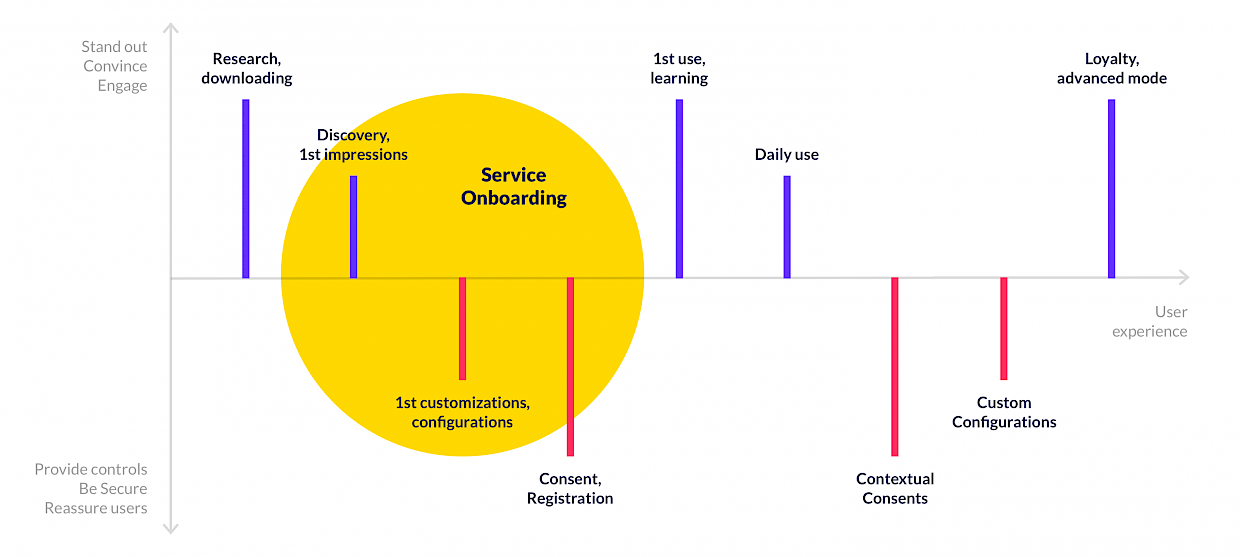
→ Key moments to communicate value proposition VS ideal moments to provide information and controls identified during the Startup Garage (https://startupgarage.fb.com/fr/qui-nous-les-aidons/) user testing phase
Through multiple design iterations and user testing sessions conducted with the startups, it was clear that providing information around data use and privacy as well as offering controls should happen throughout the longer term user experience. While such settings are usually confined to the onboarding phase, we found that people's engagement increased when such notifications or features happened contextually and evolved over time. Key moments were identified as most favourable to ask for consent, provide detailed information and controls to users. Timing is key because it is tied to attention span and therefore people's understanding and propensity to act.
While looking at quantitative data can be very enlightening, it's important to look at the thoughts lying behind people's final actions. Understanding not only the how people use a product but why they use it this way can allow them to find alternative designs leading to different ends. Pairing qualitative with quantitative testing is key to making meaningful and successful adjustments to a product. When working with the startups, we explained such numbers by running qualitative interviews with users. Here's how the numbers translated into human language:

→ When working with Startups, we ran qualitative user tests to uncover the thoughts and behaviours lying behind the observations from quantitative tests
By prototyping and testing their products with people, the startups designed relevant human-centered solutions, based around their concerns, needs and knowledge.
Gathering people's feedback and observing their behaviours helped the teams to dispel – and sometimes confirm – assumptions around people's expectations. Through them, startups uncovered the drivers behind people's interactions with a product and their personal information. Most tests converged towards the two following findings: that friction was often concentrated on the onboarding flow of the apps; and that people's knowledge at that point didn't allow them to make informed and relevant choices. From there, startups developed approaches and design patterns that would help them solve for these challenges.
Engaging with people during onboarding
Regardless of how ethical a service’s use of personal information is, or how necessary it is for the service to function, most users struggle to understand why it can be required to share their data on first time use. The result can be a lukewarm signup rate, which can come down to the request for data use being poorly worded or the sub-optimal timing of the request.* *
Redesigning their signup process around a clear and thoughtful user flow around data use meant that these startups took up the challenge of improving their engagement levels while elaborating their service's value proposition.
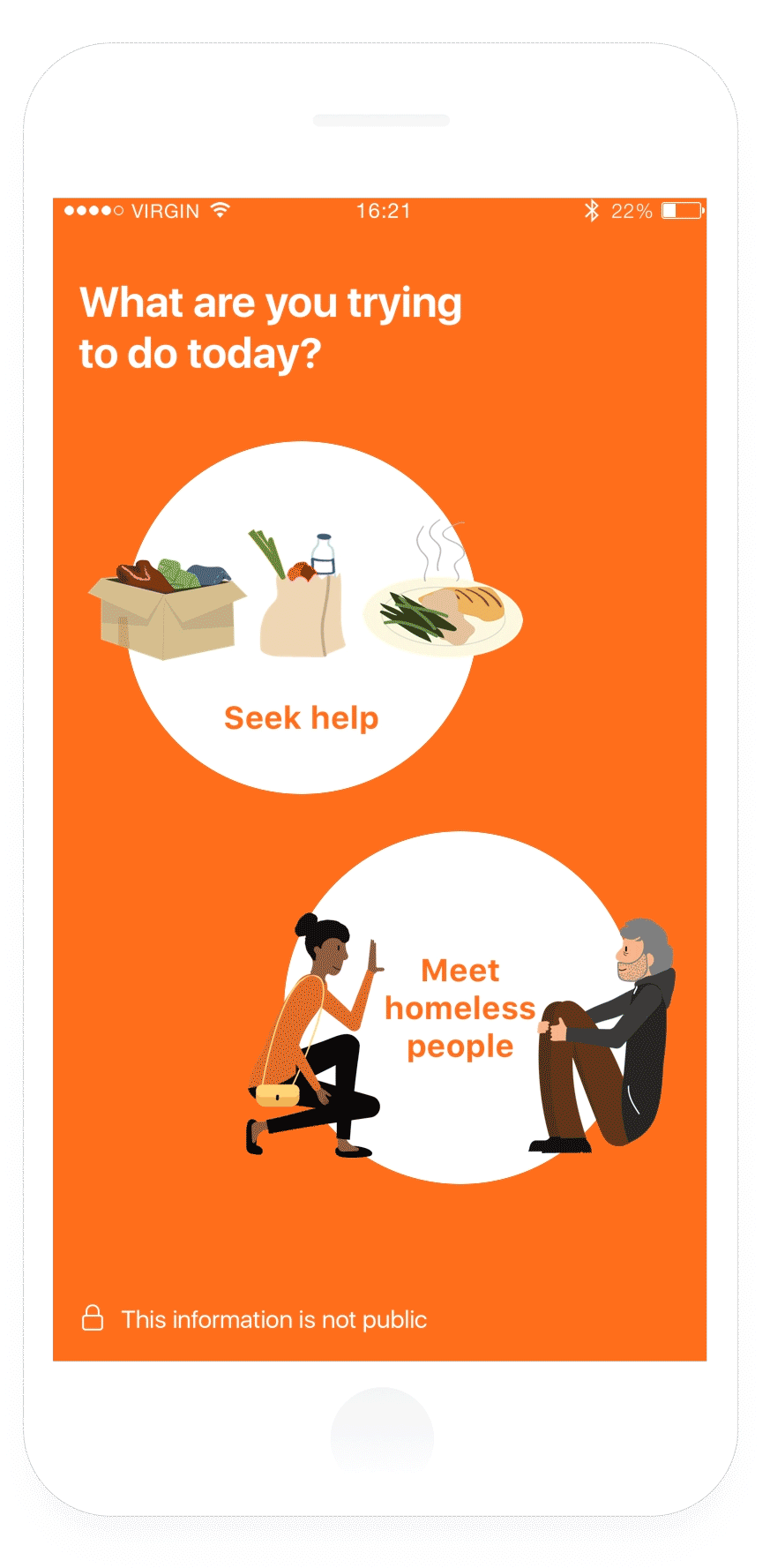
For Entourage (https://www.entourage.social/), a service that promotes civilian aid for the homeless, access to the user's phone number is necessary to build a reliable, secure community. To do so in a natural and reassuring way, Entourage starts by asking people what they want to get out of the service. Are they looking for help, or do they wish to provide it? Built with a privacy by default approach, Entourage then asks you what you want to be called, guaranteeing your security. Asking for your phone number therefore becomes the next logical step: it allows to verify your identity and keep the community safe, which is central for an app that builds social links with vulnerable populations. In addition to using humane, clear language and insightful illustrations, each screen provides a little notice mentioning how that personal information will be used, screen after screen, making it very digestible.
→ Prototype built during the 'Trust, transparency and control as a competitive advantage' Design Jam (https://www.ttclabs.net/event/startups-season2), September 2018
Make it beneficial to people: Demonstrate value exchange at a glance
What Entourage were doing already was making a good use of people's first experience by putting their core proposition upfront. People time's is precious. Make good use of it. When structuring your design, it can be worth asking yourself the basic questions people might ask when confronted with something new: what is it that this product does? How will it benefit me? Why is this information required for it to work? Is the service safe? Can I change my mind later on? If I don't want to share something, will it still work?
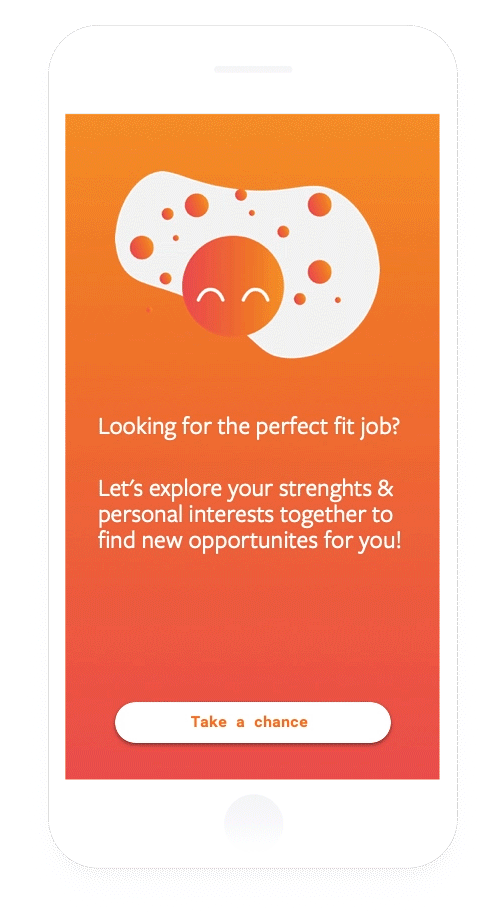
Chance uses automisation and artificial intelligence to help candidates discover their talents and find professional opportunities suited to them. To do this, Chance needs to get to know you better from first time use. In order to make this process as fluid and natural as possible, the startup designed a single way for users to share information about themselves: a draggable cursor allows them to claim wether a statement sounds like you or not. It only takes a few seconds to answer each question and as some questions can get rather personal, extra information is available to you to get a clear understanding about how this information will be used to set up the service's canvassing profile.
→ Chance's prototype onboarding flow, built during the 'Trust, transparency and control as a competitive advantage' Design Jam (https://www.ttclabs.net/event/startups-season2), September 2018
Once the structure is set, aiming at making the content as unequivocal as possible is usually a good place to start. Decide what should live in the signup flow, then take a step back and ask yourself: does it look overloaded? Could some information live elsewhere in the app, later on in the product experience? Should you break down some of the material into something more holistic across the app? These are questions we kept on asking the startups all along the design process, making sure we were testing and iterating on intuitions along the way.
Foster secure relationships: Highlight your approach to data processing
Instead of considering privacy the policy information as added friction to product flows, make it an asset. Being transparent about data use presents an opportunity to demonstrate core strengths. In addition, valuing a privacy-friendly policy can act as a key factor in building trusting, lasting relationships with people.
Are you compliant with local regulation and do you put great effort into making data use ethical and responsible? Say so. By outlining how your policy around data and privacy works, you will increase people's confidence and form lasting relationships with them. Showcase your values and the key actions you take on responsible data usage in digestible formats. In addition to detailed information, offering people a quick overview of your policies can help you to promote your brand values from the start.
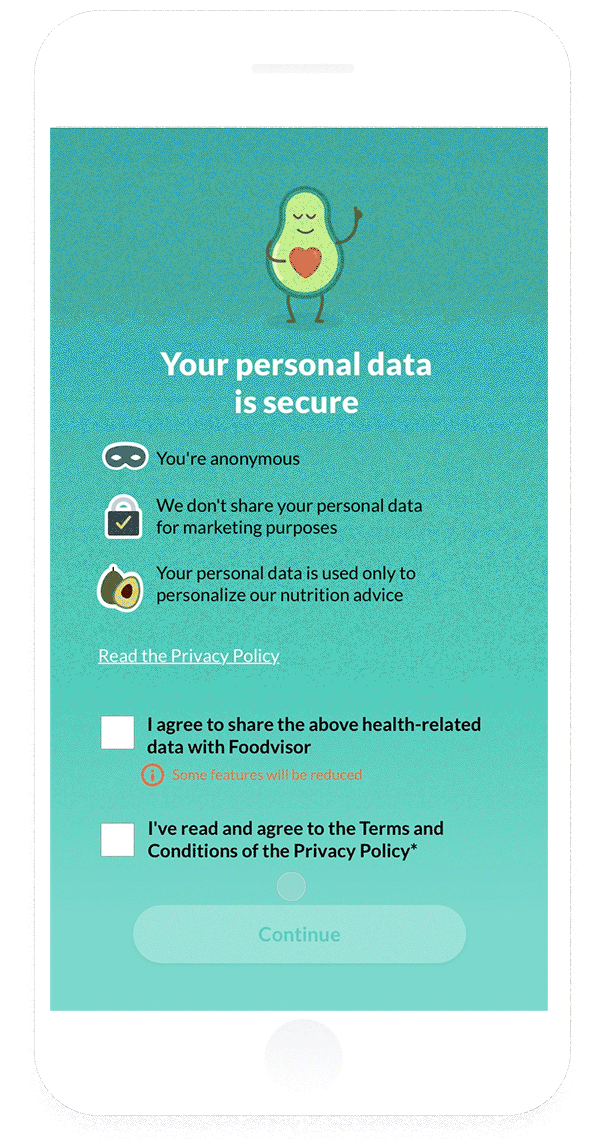
Foodvisor is investing in transparency by making sure consent doesn't just comply with the requirements of the GDPR, but that it is genuinely informed consent. Foodvisor developed a more human tone and utilised illustrations to communicate information around personal data. Text and button states change based on the user's choices, demonstrating a personalized approach to features and controls. This ensures that people really understand what data they are allowing the startup to access.
→ Consent request from Foodvisor's app, built and tested during the “Data Design Innovation Stream”, November 2018
Bring comfort to your new audience: Make your product feel familiar
Most people enjoy familiarity and product adoption often relies on reducing the friction or stress a new experience might bring. And this is even more true when dealing with privacy or features related to sensitive information. Anticipating the questions and slipups people might make when faced with certain choices can contribute to building a trustworthy product through a robust, welcoming user experience.
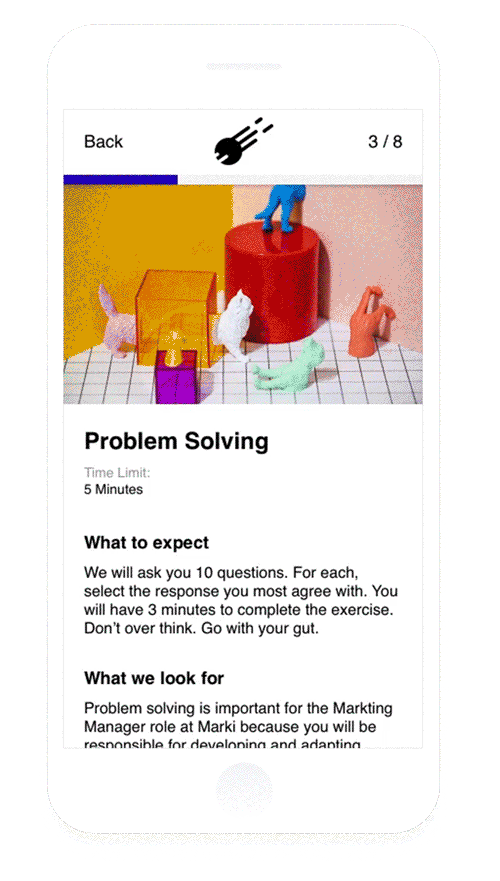
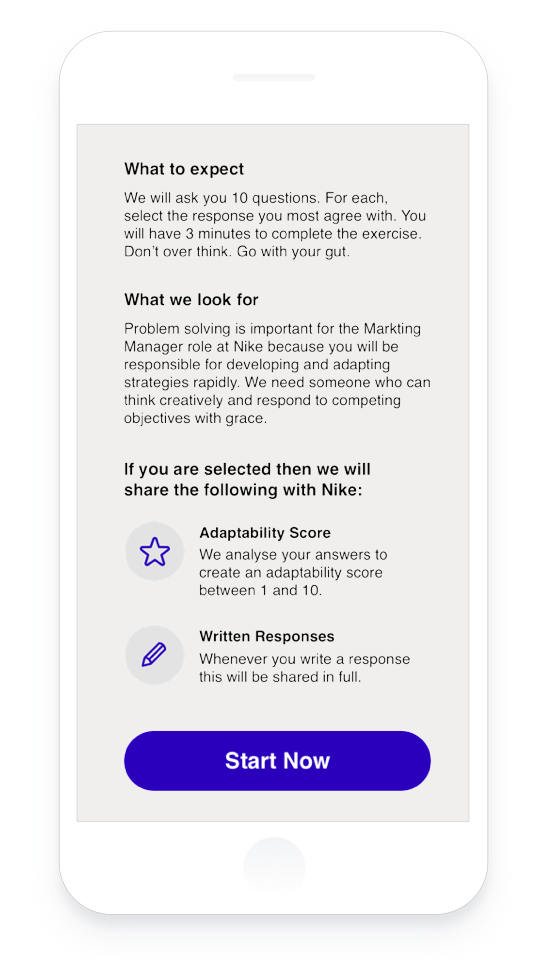
Here, Goshaba (https://goshaba.com/en/goshaba-solutions-de-recrutement-et-gestion-de-competences-2/) – an AI assisted recruitment app – lets people know upfront how their data will be used and shared with a recruiter if and when a candidate ends up being selected. Anticipating the different outcomes of the experience, the app provides transparency to people as to how their personal information will potentially be used in the future, therefore providing comfort to move forward.
→ Goshaba's prototype onboarding flow, built during the 'Trust, transparency and control as a competitive advantage' Design Jam (https://www.ttclabs.net/event/startups-season2), September 2018
Using inclusive, contextually relevant language to engage with people Superfluous details and over-technical language can easily put people off or lead to ambiguity. Using clear text-based and visual language as well as an appropriate tone of voice to engage with your audience is the first step to make people feel at ease and get to know your product during the first moments.

→ Axeptio's newsletter subscription insert, prototype built and tested during the “Data Innovation Design Stream”, November 2018
Reassuring people by letting them know they can change their mind People's tastes and behaviours change over time. Building long-lasting product usability comes down to making sure it evolves with them. People are more likely to try something new if they feel confident in their ability to review their choices later on.
Engaging with people on the long term: not everything should happen on first use
Explaining how a person's choices will impact their experience by providing the right information at the right moment will lead to informed consent and a more transparent relationship with users.
The right information and controls at the right time
People are well-placed to understand their own contextual concerns and risks, though; and so by bringing them the right pieces of information at the right times, we should be able to help them make decisions that are appropriate to their own circumstances. In doing so, we should help them to be (and to feel) safe as they engage with data-driven services.
— Richard Gomer
Research Fellow, University of Southampton
Designing with the concept of Privacy by Default in mind comes down to respecting people's freedom. Building granular controls that offer people the possibility to skip certain steps of a flow, or simply to change their mind, are ways to reassure people and help them comfortably engage with a product. However, just like over-information can drown a message, extreme granularity can end up overwhelming people. To avoid this, some startups went for a two-level strategy that broke down controls into two versions: one high level and the other deeper. On first time use, simple presets or thematic groupings allowed people to set-up an account. Later on, the app allowed people to contextually refine their settings.
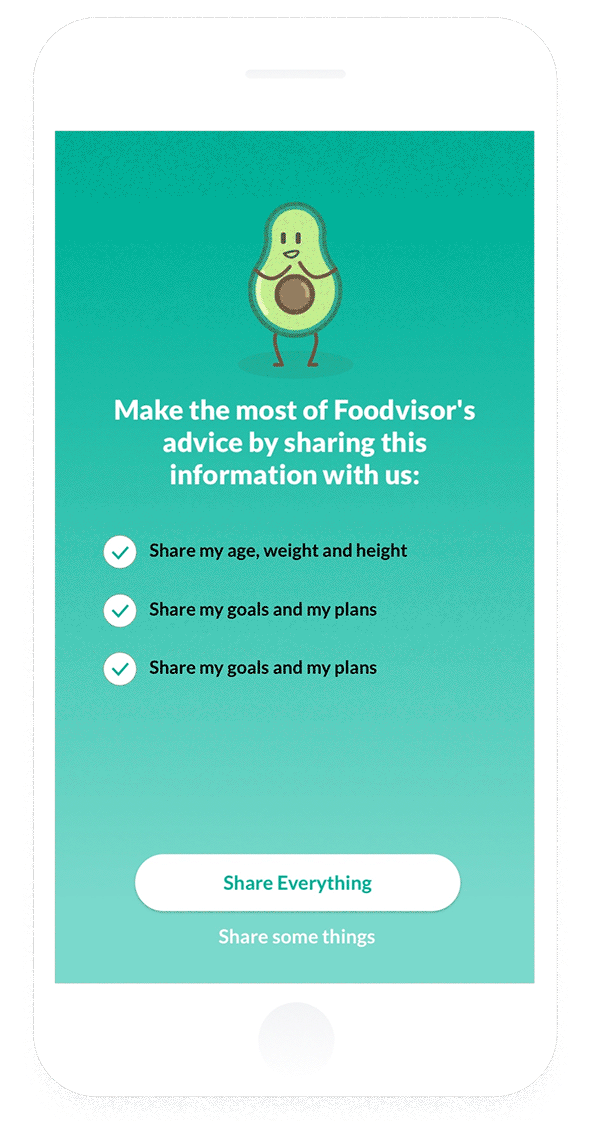
Foodvisor offers both grouped settings & granularity of control over personal information during first time use.
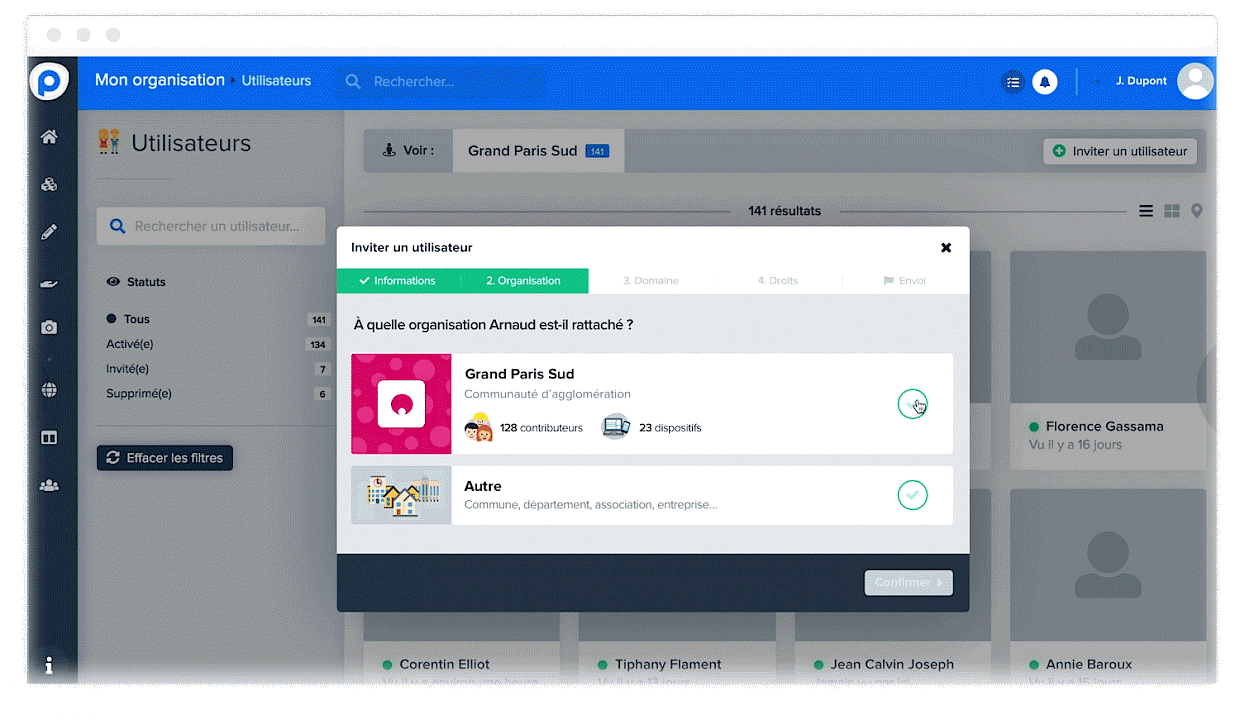
Publidata (https://www.publidata.io/) is a SaaS solution allowing public institutions to manage datasets and their administrators. Each time a new administrator is added to the platform, the level of control they have over data is evaluated based on different factors, including the organisation they belong to, their role and their domain of expertise. Additionally, the main admin can granularly adjust others' rights to access and use datasets.
→ Publidata's management panels built and tested during the “Data Design Innovation Stream”, November 2018
Designing better experiences around personal information: an opportunity to build a lasting business
Informing people about their privacy and personal information use is a challenge often relegated to a single, disruptive notification upon first time use. Most of the time, these notices are treated as an obstacle on the way to getting to know and use a service. But there is another possible way to approach the challenge in which information design and controls become genuine additions to a product's value proposition. Designing for personal information can be approached through a more holistic lens, making it a trust vector within the overall experience arc of a product. While we are still far from ideal solutions, good design can reduce uneasiness and present people with decisive moments that form the basis of not only good choices but also potentially trusting, long-lasting relationships with a service. More than a challenge, designing for trust represents a long-term opportunity.



